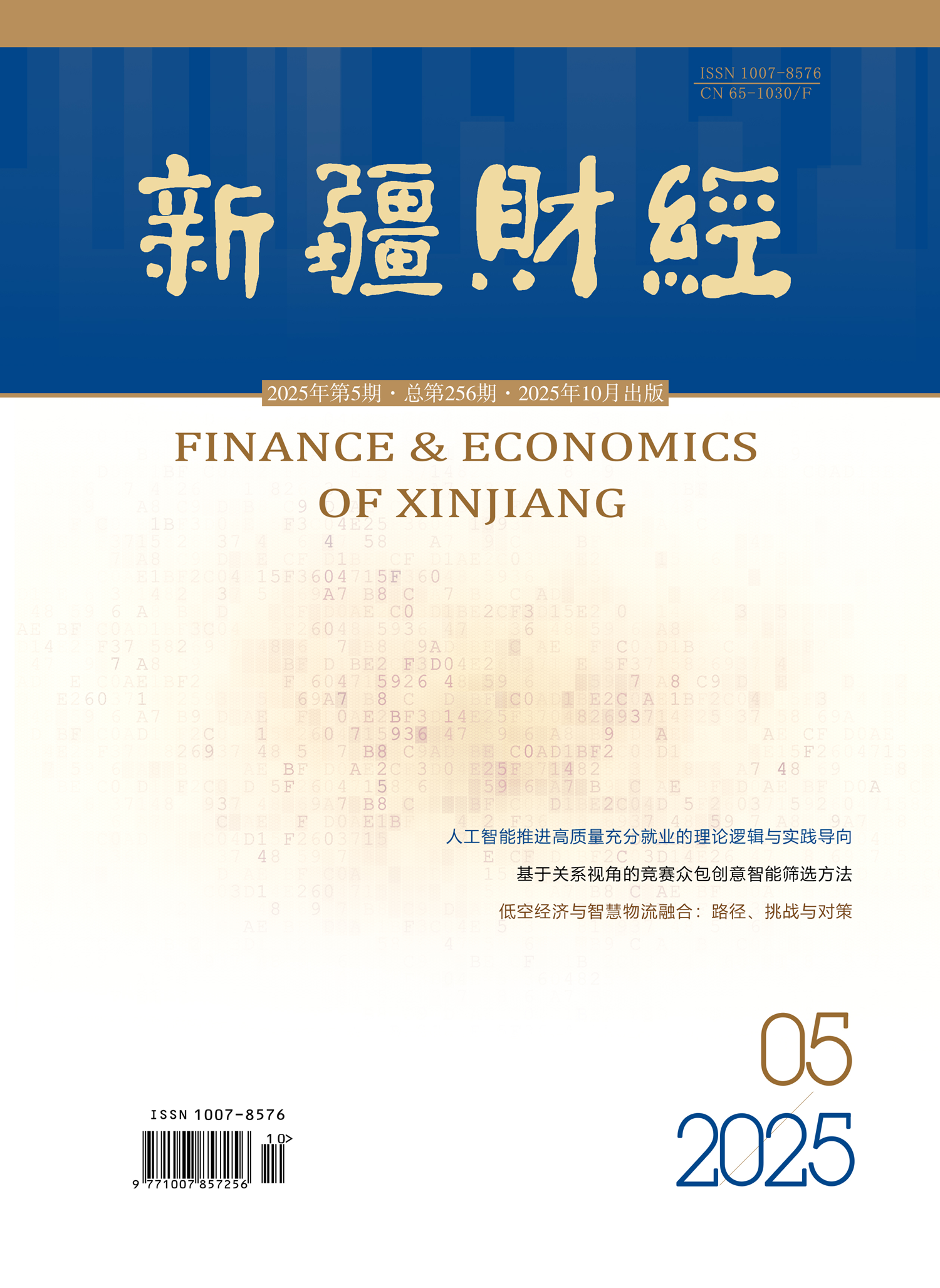Marxist political economy holds that technological change can promote employment from multiple dimensions, such as increasing the total employment volume, improving labor skills, and transforming the relations of production. Amid the new wave of scientific and technological revolution, artificial intelligence (AI) has become a crucial engine driving high-quality and full employment in China. Following the development path of "technology - industry - occupation - standard", AI integrates the technical support system, intelligent industrial clusters, career development carriers, and risk prevention mechanisms into an organic whole. It systematically empowers China's employment service system and lays a solid foundation for meeting the people's needs for a better life. However, this process still faces many challenges. These include the employment displacement effect of AI, the deepening of algorithmic control caused by "digital Taylorism", the risk of collusion between capital and technology due to ambiguous data ownership, and structural employment contradictions resulting from the lag in education transformation.To address these issues, we must adhere to the "two unswervinglys" (to unswervingly consolidate and develop the public sector of the economy, and to unswervingly encourage, support and guide the development of the non-public sector of the economy), standardize and guide the healthy development of capital, continue to strengthen the AI industry, protect the ownership of digital production factors, tap into the stock of human capital and improve its quality, build a high-quality employment service system, and promote the sustained release of AI-driven employment dividends.

